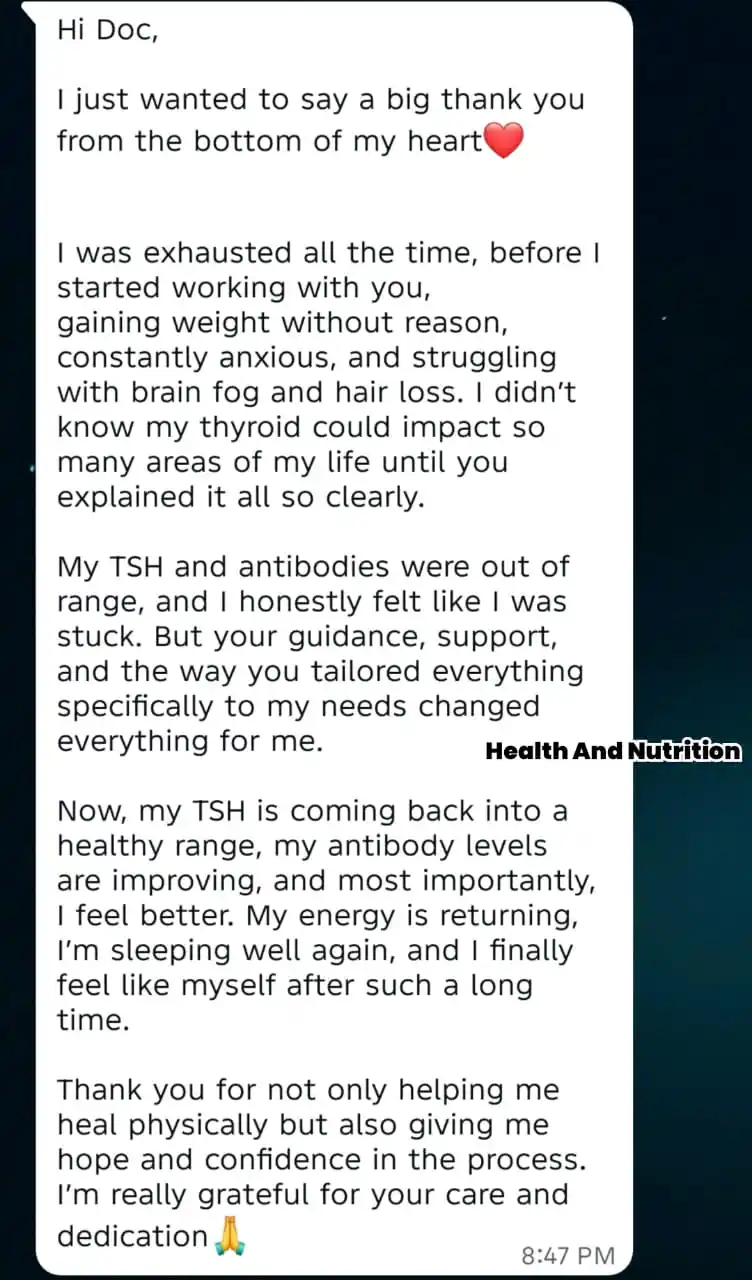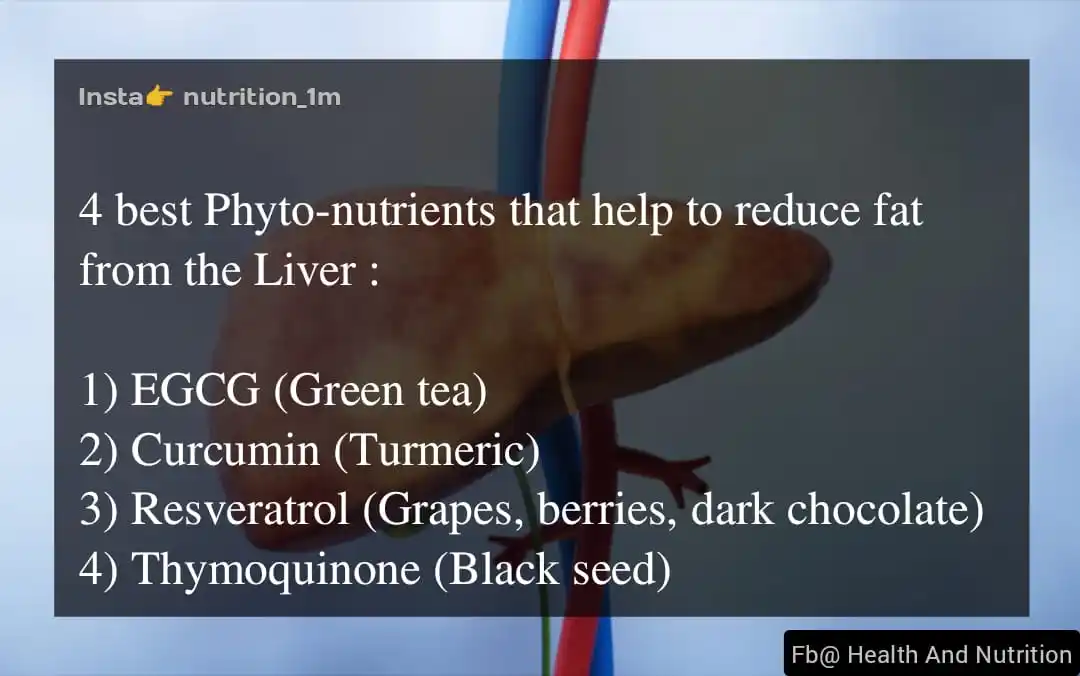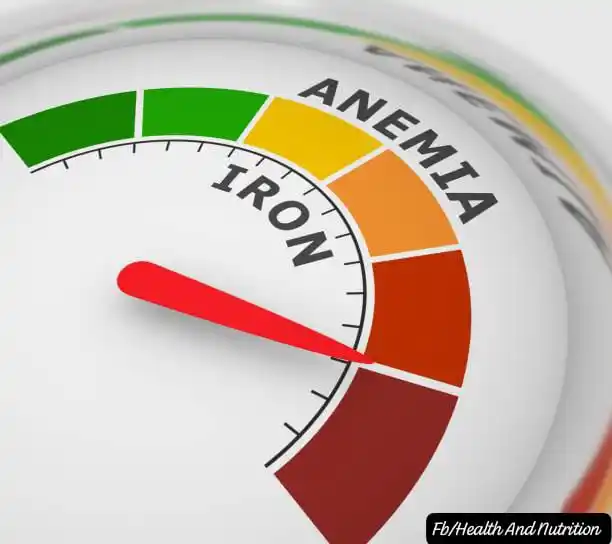
Health And Nutrition
835 subscribers
About Health And Nutrition
• For any queries or to book consultation, contact on the number : https://wa.me/923206843694 (Also save this number for status updates). • Facebook Page : https://www.facebook.com/nutrition1m?mibextid=ZbWKwL • YouTube Channel : https://youtube.com/@healthandnutrition_1m?si=R66ea5AN-1_m9a-r • Website (to read science-backed articles): https://healthandnutritionn.com/ • Instagram : https://www.instagram.com/nutrition_1m?igsh=N2prM3M1emNsczU4 • Tik Tok https://www.tiktok.com/@nutrition_1m?_t=ZP-8v0AJklx1Sx&_r=1 • Facebook group : https://m.facebook.com/groups/1251021545734051/?ref=share&mibextid=NSMWBT • Twitter / X : https://x.com/Nutrition_1M?s=09 • Pinterest : https://www.pinterest.com/nutrition_1m/ • Threads (Insta) : https://www.threads.net/@nutrition_1m?xmt=AQGzDqSBaxETR1BINPF3zs6PHD_GDceZsZgaMnc7ah7iASQ • Email Address : [email protected]
Similar Channels
Swipe to see more
Posts

And we fixed her thyroid issue ! Meet Ananya ! When she came to me, she felt exhausted, anxious, gaining weight without reason, and battling brain fog and hair loss. Her TSH and antibody levels were completely out of range, and she felt stuck with no clear answers. With my guidance, personalized plan, consistent support, and a root-cause approach, we worked together to bring her thyroid markers back into a healthy range. Today, her energy is restored, her sleep has improved, and most importantly — she feels like herself again. Grateful to be part of her healing journey 🙌 Thyroid issues are reversible when treated the right way. This is why a tailored, functional approach matters.


Are you Diabetic? Build more muscles !


4 best Phyto-nutrients that helps to reduce fat from the liver


Diabetes isn't a joke, it can take your life !

Nobody wakes up and plans to lose a leg. But that’s what diabetes can do. Let me tell you something people don’t like to hear: When your foot starts smelling, turning black, or refusing to heal after a small cut—that’s not village people. That’s diabetes. It starts quietly: —You pee too often. —You’re always tired. —You feel pins and needles in your feet. —Small wound refuses to heal. Before you know it, one toe is swollen. Next thing? Doctor says: “We have to cut it off before it spreads.” You think this is film trick? Go to any teaching hospital and see for yourself. Amputations everywhere. Not because of accidents. Because of sugar. But you still hear people saying: — “We will all die one day.” — “It’s not that serious, jare.” — “Nobody has it in my family.” Okay now. But when they lay you on that theatre bed to cut off your foot because of diabetes you ignored for 7 years—you’ll know what’s serious and what’s not. Let’s stop pretending. Diabetes doesn’t just affect your sugar level. It messes with your: —Eyes (many go blind) —Kidneys (many end up on dialysis) —Nerves (some can’t feel their legs again) —Sex life (yes, that too) And guess what? It didn’t start in one day. It started with: —Sugary drinks —Skipping real food —Too much junk food, bakery items, noodles —No movement —Constant snacking Now you know. Diabetic foot is real. Gangrene is real. Amputation is not hype. So if you’re reading this and still playing with your food choices… You are not being brave. You’re being reckless. 📍Choose life. 📍Fix your diet. 📍Control your blood sugar before it controls you. Don’t forget to reach out for a diet plan👇 https://wa.me/923206843694 And Share with your friends.


Beetroot, spinach, and pomegranate won't increase your iron levels, Sorry. The best form of absorbable iron comes from the heme iron which is in animal based foods. Speak to your doctor for solutions. Iron supplements are tricky. What do I do? Red meat 4 times a week. Cooking in cast iron utensils. Period hygiene.


Your Phone Remembers Things You Forgot—Because Your Brain Outsourced It. In 2007, you could remember your best friend’s number. Today, if you lose your phone, you lose your memory. Why? Because your brain doesn’t bother remembering what it knows it can Google. This is called the Google Effect (aka “digital amnesia”). And it’s rewiring your brain. Every time you: •Save it in Notes •Screenshot it •Bookmark it •Send it to yourself on WhatsApp You’re training your brain to forget on purpose. Your mind is like, “Why store this when the phone is doing the job?” You now have the capacity of a supercomputer in your pocket— But the attention span of a goldfish. And here’s the scary part: People don’t even think deeply anymore. They just “consume” content, “store” quotes, and “save” for later. But that “later”? It never comes. You’re not dumb. You’re just disconnected from your internal intelligence. Your thoughts are being outsourced. Your instincts are being dulled. Your creativity is being crushed under the weight of 3,000 TikToks a day. We’re not losing our memory. We’re losing our minds.


Bought the best form of Magnesium locally💁♂️













